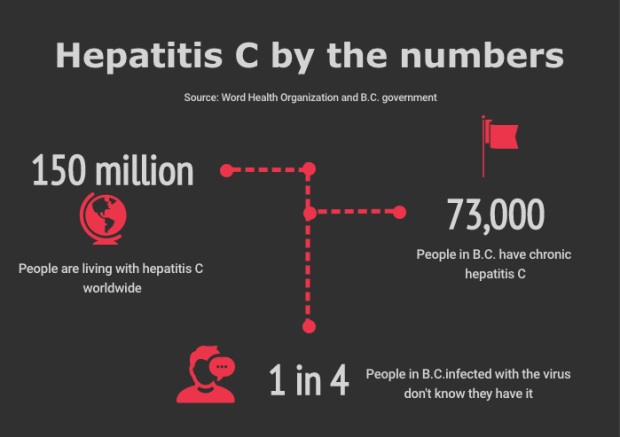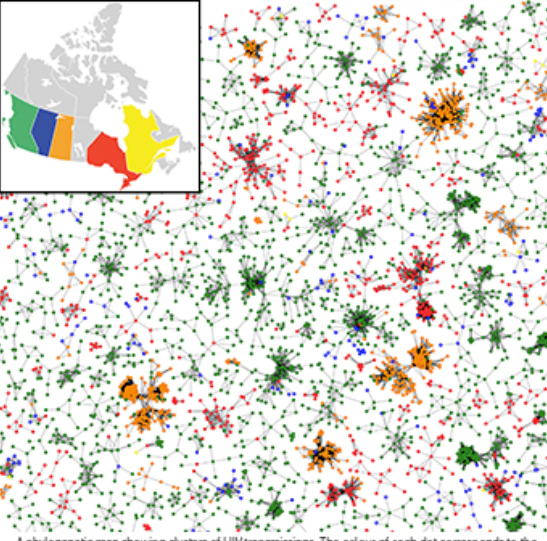On track to meet targets
BC is leading the way in the global mission to eliminate HIV/AIDS.
BC is on track to meet ambitious targets set out by the United Nations designed to help end the AIDS epidemic.
According to a BC Centre for Excellence in HIV/AIDS at St. Paul’s Hospital (BC-CfE) study released on World AIDS Day 2017, the province is well on its way to achieving the UNAIDS 90-90-90 target. The BC-CfE estimates that by 2020, 90 per cent of people living with HIV in BC will be diagnosed, 91 per cent of those on treatment, and 90 per cent on effective treatment that prevents them from passing HIV on to others.
Data from the Public Health Agency of Canada shows BC is leading the way in Canada with 80 per cent of people living with HIV diagnosed, 76 per cent of those on treatment, and 89 per cent virologically suppressed.
Led by Dr. Julio Montaner, the BC-CfE pioneered highly active antiretroviral therapy (HAART), an effective treatment for HIV/AIDS now being used worldwide. HAART is distributed by the BC-CfE at no cost to everyone with HIV in BC.
The BC-CfE also helped set the global 90-90-90 target based on its Treatment as Prevention model which involves diagnosing and treating people with HIV as early as possible. In a BC-CfE press release, research scientist and statistician Dr. Viviane Lima noted that BC has not had a baby born with HIV since 2008, despite once being the epicenter of AIDS in Canada.
While the numbers show good progress, there are still concerns among researchers. Women are less likely to be on HIV treatment than men, people with a history of injection drug use are less likely to be on treatment than other groups, and people under 30 are also less likely to be on treatment.



